Lavender revisited
I always recall my first experience of the Lavender country of France. I was lucky, I was not confined as a tourist to the ‘lavender trail” or left to my own devices. Due to my connections with the Organic movement I had contacts that ‘showed’ me around and such people became friends and some eventually suppliers.
This was of course a long time before Aromatherapy became popular so I had the rare privilege of meeting growers, farmers and distillers at a moment of change in the industry. Marcel Lavabre in particular showed me not only the sights, the growing areas but he also introduced me to the concept of the poetry of the land and that step beyond a simple agricultural or chemical view of the herbs of Provence.
My bias in Aromatic medicine and cosmetics and also perfumery has been one of physiological effect induced by Aroma physics and not by simple chemistry. I had always noted individual responses which had little to do with the orthodox written texts and the desired protocols and replicable tests desired by traditionalists. So it was that the people I met and learned from living in the Drome, Vaucluse and Valensole in the Alpes de Haute Provence caused me to look beyond the obvious.
The people of the land had an historic passion for what it represented their means of existence. This is a hard land used to subsistence farming. The ground is often sloping, stony, at high altitude and shallow and ideal for wild lavender. In traditional areas it is till grazed by sheep to keep tree growth minimal and to spread their droppings as a crude fertiliser. What else could this be but the best organic lavender? This is the lavender of the story books and today is quite rare and little is available to the market.
However it is this certain magic of this hard land and its weather extremes of heavy rain, snow and intense sunlight that makes Provence or the ancient land of Oc a world where aromatic plants yield their their very best essence. It was this land that even inspired the name of my original company Fragrant Earth which gives precedence to the life giving soil.
Of course you can buy ‘wild lavender’ in any supermarket wild lavender shampoo or soap or a host of other products. Well draw your own conclusions!
Few realise that lavender as an industry only began at the beginning of the twentieth century. This was the period when the great swathes of fields we see today around Banon, the plateau of Sault and others began. The demand for wild lavender could not meet demand.
It is important to understand that wild lavender comes in many shapes and sizes from pink to blue from tall to short. Certain types might be more prominent on one side of a field to another. Nature is infinitely variable. Ma on the other hand in modern farming limits this variety and hence we see with lavender that certain ‘varieties’ were cultivated for specific purposes. Hence some fields are all intense purple others blue and so on. You never see this in the wild. However from time to time you will see on a farm a field of very mixed appearance in effect this is ‘cultivated’ wild lavender often called population lavender and is considered the best.
Best for what? As explained in my teachings quality is a notion not an absolute. Quality is determined by purpose so a grower may determine that his criterion is yield per hectare. Another may view the life of the plant as a determinant, whether the variety is suitable for mechanical harvesting. Others may determine by a certain olfactory quality if destined for the perfume industry. It is not only the grower that is concerned but the intermediary processor such as the distiller or perhaps even the gift sachet maker!
So if the industry as we understand it today is relatively new the plant, the wild plant is not. More correctly the lavenders, have seen continuous use from the dawn of recorded history. L.stoechas certainly shows early medicinal uses. Charlemagne required lavender to be grow in monasteries as early as the ninth century CE. Much of this early material was derived from L.latifolia or spike lavender and its hybrids or crosses with true L.angustifolia from the high regions. Looked at simply latifolia grows on low ground and angustifolia on high ground and half way up they meet and cross or form natural hybrids. Lavabre was a master at understanding and was able to demonstrate on the spot, on the mountainside, the subtleties of aroma and effect upon the mind and the subconscious that different lavenders could induce.
It is these crosses or Lavendins that made their way to England with protestant refugees from the Drome region in France and so beginning he love affair that the British have long enjoyed with cultivated lavenders. Today there is a revival of lavender growing in the UK from Somerset to Norfolk and some good hybrid oils are produced although most rightly finds its way to the gift market.
Since the 1920’s the cultivation of lavender increased as the wild or population production tailed off over time to the present high scarcity. Lavendin production scaled up and different harvesting and distillation methods have changed and mechanised the whole industry. With it came in the 1950’s consequential problems of mass cultivation such as fungal attacks and disease issues still a problem today.
People confuse organic growing with quality. It would be a good moment to clarify this important point. Organic growing tries to replicate nature by feeding the soil in a sustainable way. That is the whole point – natural; sustainability. Everything else associated in the consumer mind is secondary to the main purpose i.e. herbicides and residues etc. So it follows that organic does not mean the best per se. If the variety has no taste or smell in the first place, growing it organically is not going to change that! Variety or species is everything still! You will also have noted above nature is really not about mono cropping but change and diversity, adaptation. So an organic field of say lavender of one variety is by definition not as nature intended any more than a field of wheat. They do however look wonderful!
The uses of the lavenders is truly lost in time. Aromatherapy books refer to Egyptian embalming, Roman doctors, medieval strewing herbs and Elizabethan bathing. I would like to throw in the romance of Celtic mythology and suggest the Celts spread its use and that it was a well known Druidic her. As these traditions suggest the natural habitat of the different lavenders suggest the Mediterranean basin both north and south as its heartland depending upon species. In France you say a natural line extends right across the south of the country almost all in the old Cathar country and the ancient kingdom of Oc home of the troubadours.
Aromatrherapy too has changed its nature over the last thirty years I have known. The early pioneers working on the basis of Maury who was herself influenced by her Central East European roots and homoeopathy had a high regard for the subtleties of essential oils. With the rise in popularity of the French model due particularly for the medical professions desire for ‘proof’ as determined by orthodox method analytical chemistry overtook olfactory sense as a quality matter. The French model mostly espoused by Franchomme and later Penoel was of course primarily an oral tradition as promoted initially by Dr. Valnet. It was only later that the French exponents became to accept the traditional and ancient massage methods as first acceptable and lately as effective.
Oral use required standardisation and so with the phenomenal growth in demand for Aromatherapy products, today defined by washing up liquid, linen waters and additions to the laundry we can see a complete twist in the way true Aromatherapy subsumed by the consumerism that demands ever decreasing prices. True lavender production has year by year fallen. With accession to the EU the previously cheap sources (often misnamed or cut) from Bulgaria and Croatia have had to conform to normal practices and prices have risen. In the nineties a plethora of essential oil companies arose, many hundreds in the UK all trying to service the Aromatherapy market with value for money oils.
The market is one of supply and demand. The finest high altitude population lavender is and was in desperately short supply. Cheap good lavender does not exist. True wild lavender distilled properly is even more scarce and expensive so what is the mass?
I once heard a well known essential il supplier say something along the lines of “My aromatherapists don’t tell me there is any difference between organic and non organic oils”. This may well be the opinion of his customers if they limit themselves to price conscious buying and they do not themselves purport to support environmental issues concerning a return to a balanced agriculture. As I have said the main purpose of organic agriculture is sustainability which is a good reason for considering the extra cost of purchase.
So what is it that lavender often turns out to be. Probably the most significant sales are lavendins sold as lavenders which in fragrance terms is perfectly permissible. They are infinitely cheaper and have good qualities of their own. I particularly like a variety called Grosso. It carpets the Valensole area and which in direct chemical application has a good record against infections, bacteria and fungi. It is a good breathe easy too for respiratory infections. The aroma is full and is not too camphorous but it does have that note. It makes a great aroma for soap and polish and at a reasonable price.
I also enjoy the variety Super with its grey blue flowers which you will have seen many times sold as lavender I have found to be a great general tonic and I find a help when a cold or other viral infection strikes a client or patient. It is great for aromatising a room and the price means it can be used in a nebuliser. A more camphor note comes from Sumian which is not so common as it is not soluble in alcohol and so not suited to perfumery. Nevertheless I have found it to be a good stimulant and one that moths are not so in love with!
In other words we should not despise lavendins just because they are cheaper. However in these days we can also find that these are used to cut lavender or are themselves cut with synthetic or natural components for various reasons and then passed into aromatherapy.
When we examine the roots of true aromatherapy more emphasis was laid on ‘naturalness’ or evn ethics than in today’s more commercialised world. There was more talk of the ‘spirit’ of the plant and other almost esoteric concepts. Described by mainline science as mumbo jumbo some sought as outlined above to justify results by chemical analysis. This tended to backfire as it was common practice to rectify an oil to a defined standard. Nature as we know is not standard! Hence it is true that a rectified oil, and most are, is not true to nature but as it is supposed to be for a defined man made purpose. So for those who believe in spiritual vibrations there are mixed messages.
Likewise with lavendins used in traditional aromatherapy whilst they have clear applications within the realm of chemical action or allopathic use the fact that they are hybrids and so incapable of normal reproduction then to talk of life force is questionable. The pollen grains on the stamens are if you like distorted and so unable to pass life on. Bees too find lavendins not too their taste and can starve on lavendin as opposed to true lavender.
Lavendin must be reproduced by what gardeners would call ‘cuttings’. In fact only one cell is needed to replicate so in effect we are looking at what is a clone. Hence we see over time a loss of vigour as the plant degrades season by season as more of the ‘energy’ is dissipated. Rose growers well understand this as most ‘hybrid’ roses are so week they have to be grafted onto a species rootstock to give them vigour. Year by year the vigour is lost and old favourites have to be replaced. Stems weaken, colour is lost and the strain becomes more susceptible to disease.
So am I suggesting there is not a fundamental dynamic that pervades life. Not at all. Science writers seem to suggest how much we know rather than how little. Climate change is a good example whereby most of the media followed Al Gore’s line without question and brand any opposite view as heretical almost in a religious sense. We do not understand the spark of life and struggle to explain such seemingly elementary things like the immune system. We even struggle with various theories about the way the sense of smell works. Certainly we fail to grasp the complexity of consciousness and what that implies for the framework we constantly build to house it which we call our body.
When we look at a living plant we are looking at a miracle of transformed light. We judge it often by our sensors that interpret reflected light as colour. We define our choices by talking in terms of something looking fresher, looking more healthy or vigorous or perhaps this one feels right and I can give it attention. These are intuitive choices.
I have always advocated that smell is more powerful than we believe and have a great respect for someone who takes a wild lavender and says that it is ‘high’ or disturbs them in some way. It makes logical sense if ones belief system is ‘natural’ to use organic or wild materials which display that bit more than their contemporary commercial products.
Spiritual vibrations then? The jury is out. Vibrations alone – very much so. A fundamental energy is a necessity for all life. Spirit, chi or energy the effect is there.
Aroma physics aids us to understand what has been dubbed Subtle Energy and it is difficult to pin down. It is as difficult a concept as standing and talking to a Provencal farmer with scarred knees from scything lavender and hearing him say, “the land is alive and she gives me according to my husbandry and care.” He sweeps his hand in a broad gesture toward the landscape. “Can you not feel the poetry and power of the land pulsing at you.”
“No” I might say, “but I can smell it and as I smell I touch and am touched.”
Spooky? No just physics!
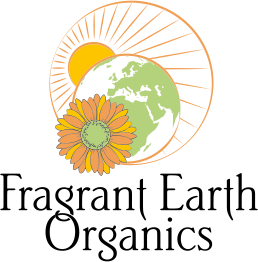
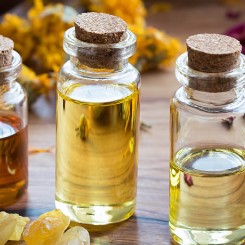 Essential Oils
Essential Oils
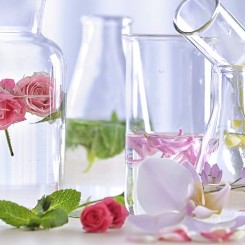 Hydrolats, Hydrosols, Floral Waters
Hydrolats, Hydrosols, Floral Waters
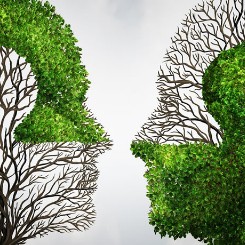 Synergies
Synergies
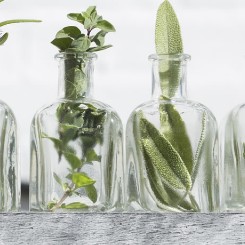 Herbal Oils
Herbal Oils
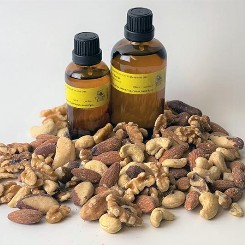 Vegetable Oils
Vegetable Oils
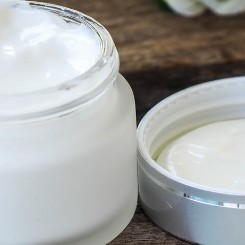 Bases
Bases
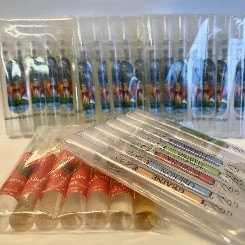 Books, Kits and Trial Packs
Books, Kits and Trial Packs
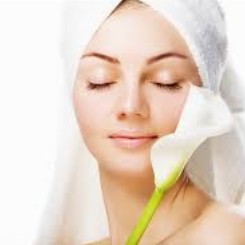 Skincare
Skincare
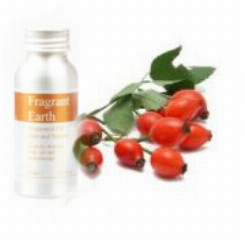 Body Care Oils
Body Care Oils
 Hair Care
Hair Care
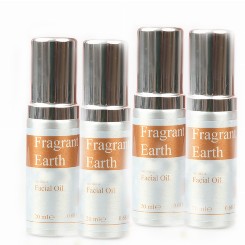 Facial Oils
Facial Oils
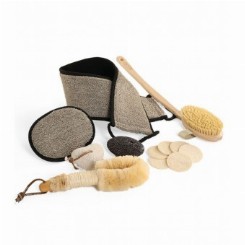 Eco Bath
Eco Bath
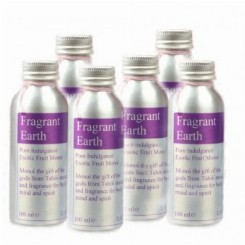 Pure Indulgence
Pure Indulgence
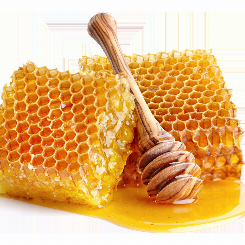 Honey, Beeswax & Propolis
Honey, Beeswax & Propolis
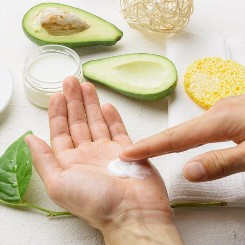 Handcream
Handcream
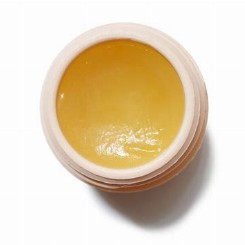 Balms, Salves & Ointments
Balms, Salves & Ointments
 Oral Care
Oral Care
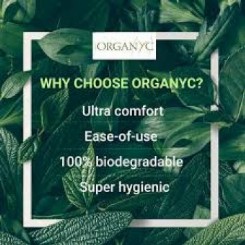 Feminine Hygiene
Feminine Hygiene
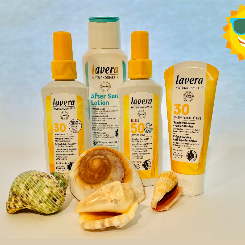 Sun Care
Sun Care
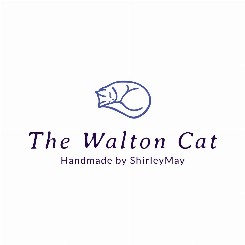 The Walton Cat
The Walton Cat
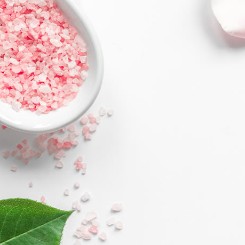 Bath Salts
Bath Salts
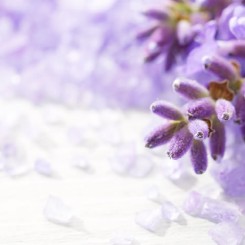 Somerset Lavender
Somerset Lavender
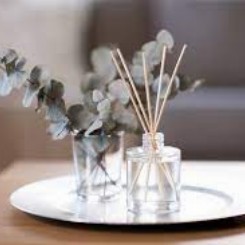 Diffusers
Diffusers
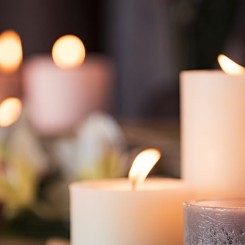 Candles
Candles
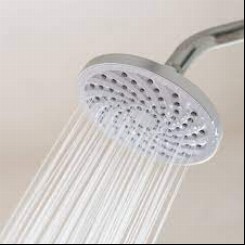 Shower Gel
Shower Gel
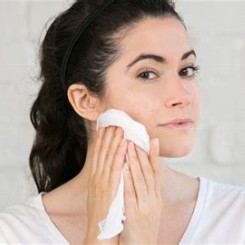 Soap
Soap
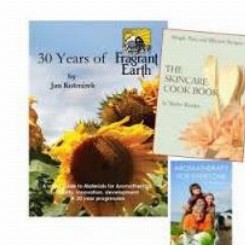 Books
Books
-245x-245x.jpg) Aromatic Waters
Aromatic Waters
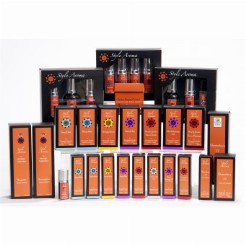 Style Aroma
Style Aroma
 Synergy Blends
Synergy Blends
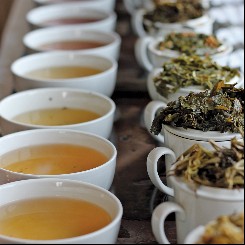 Miles Speciality Teas & Coffees
Miles Speciality Teas & Coffees
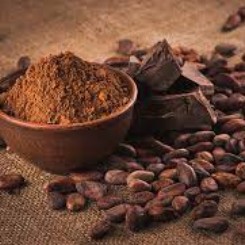 Chocolate one of life's passions
Chocolate one of life's passions